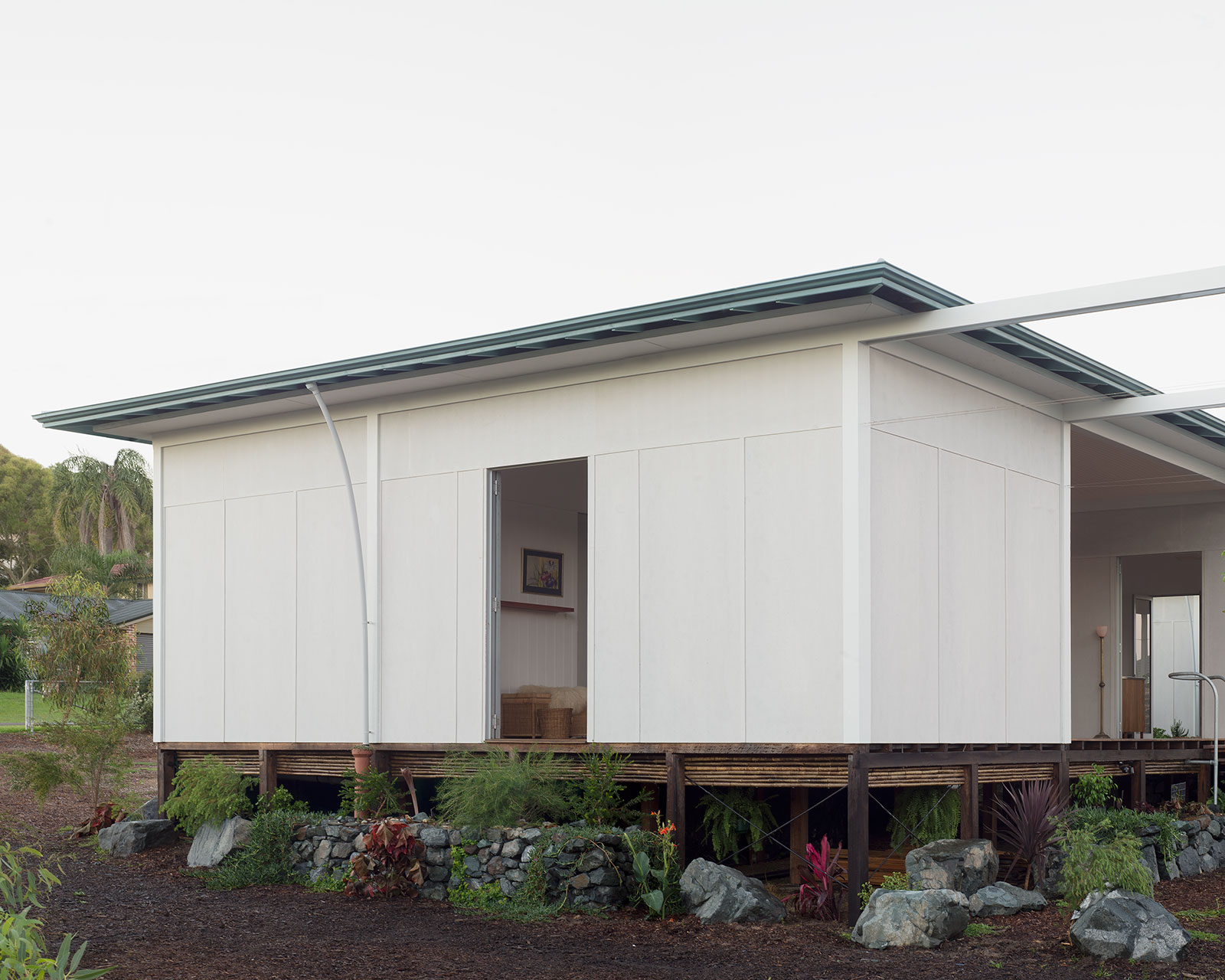

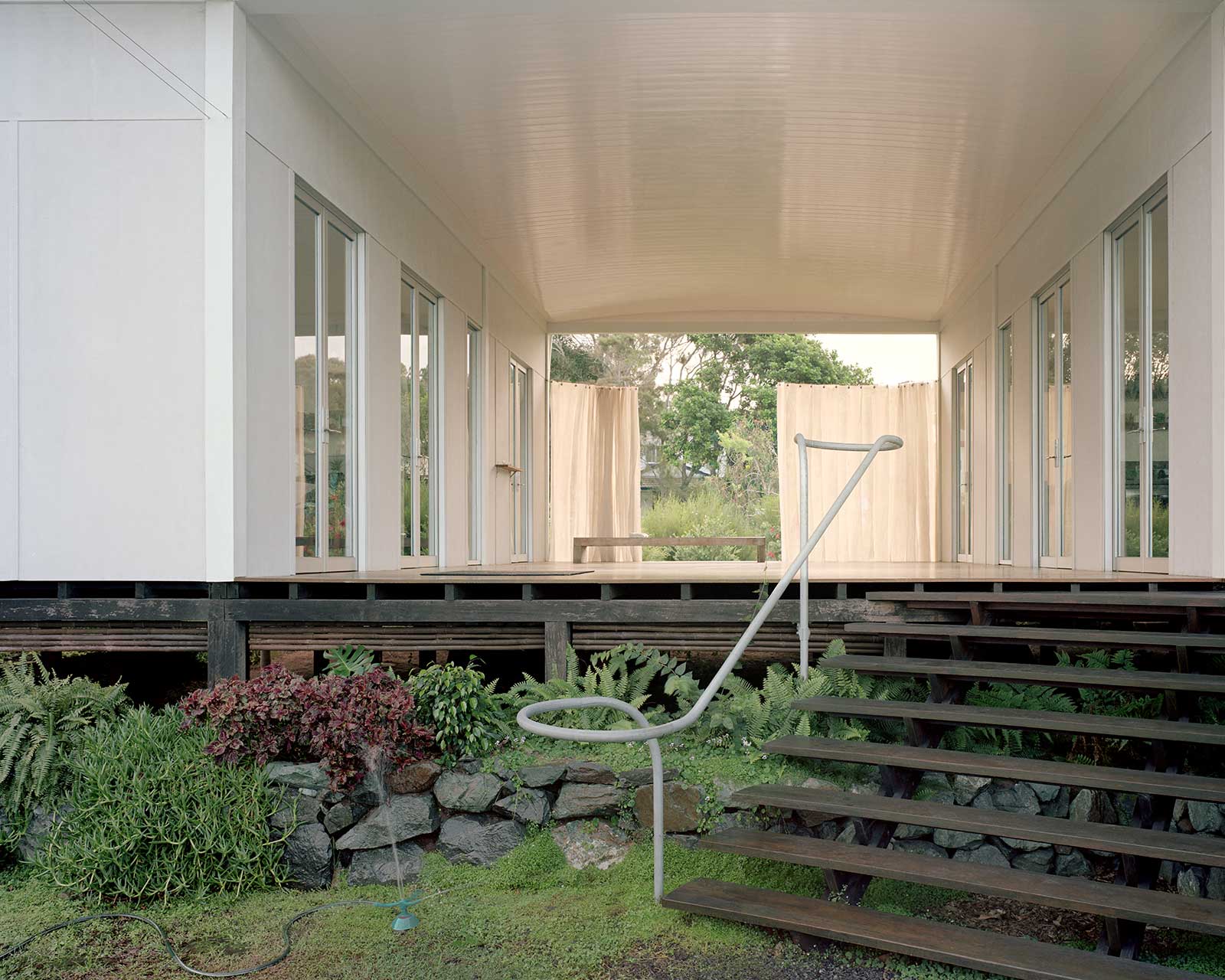


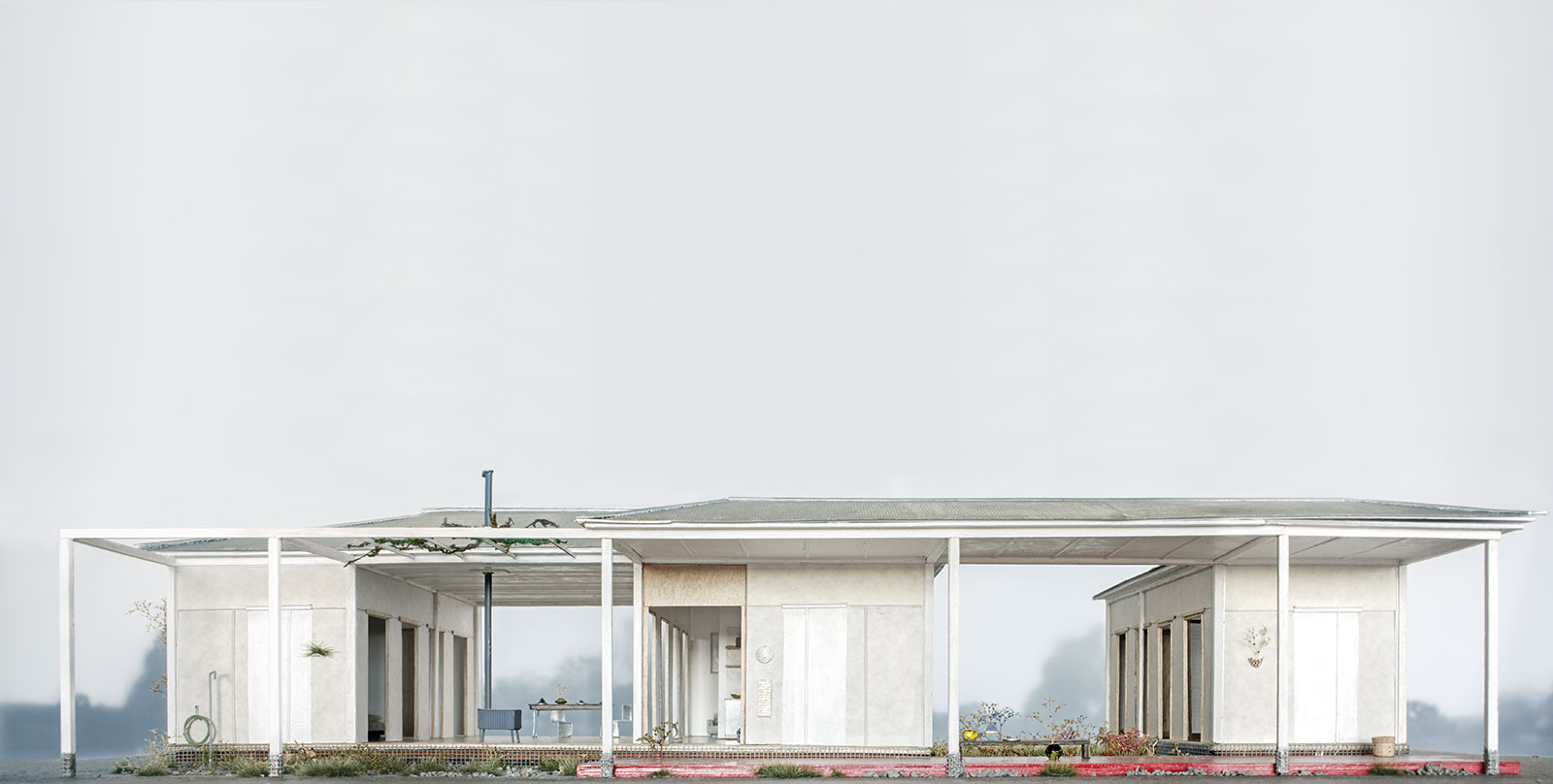
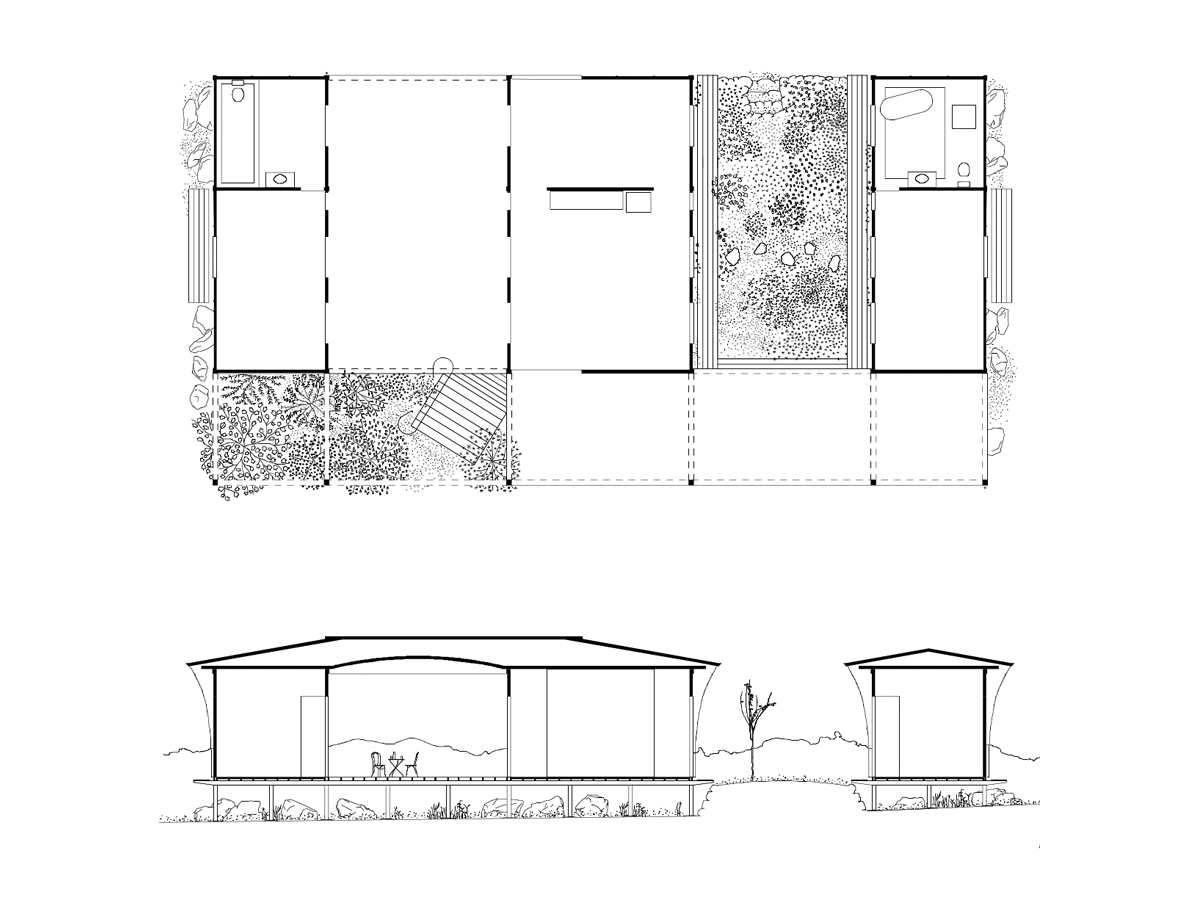
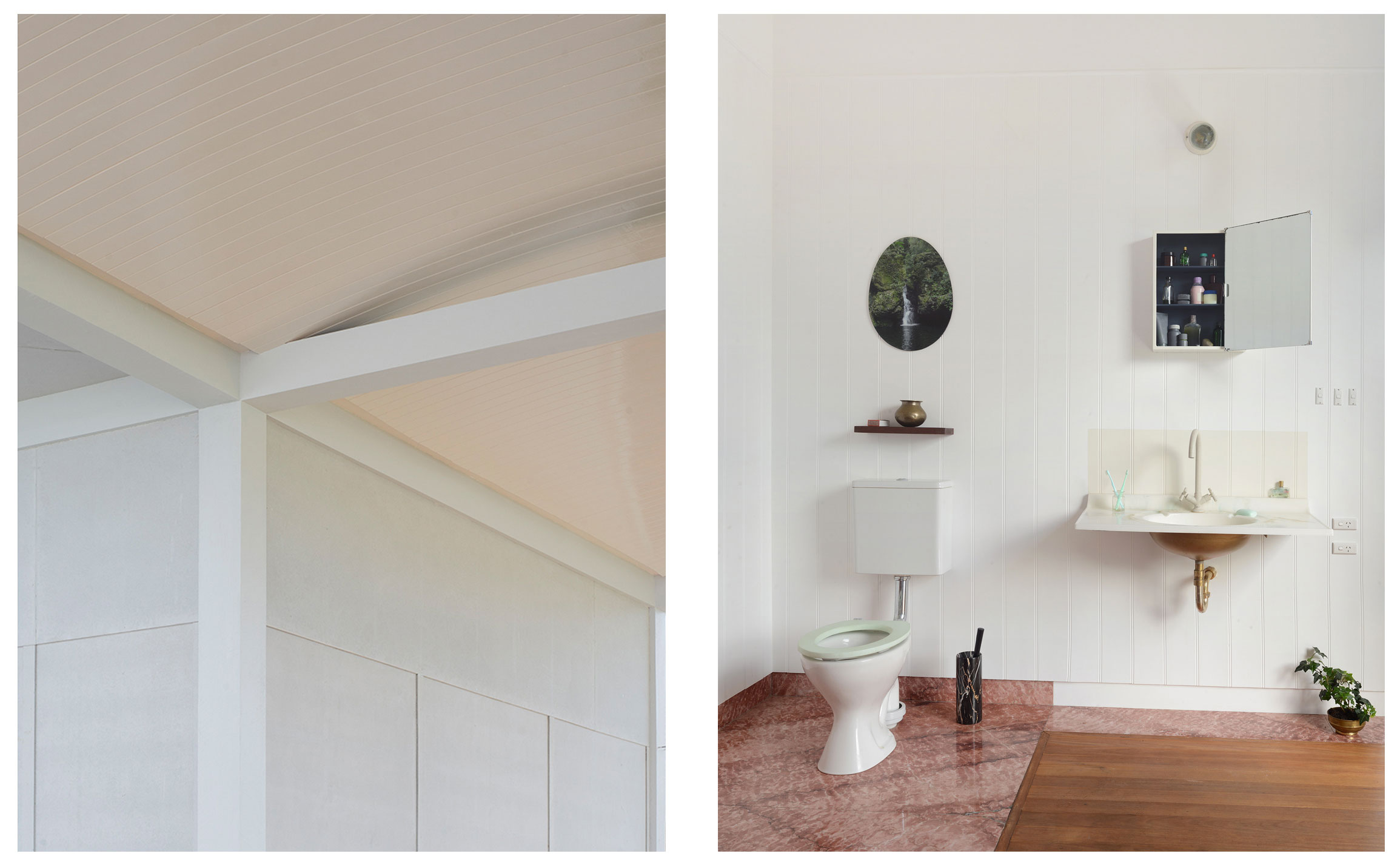
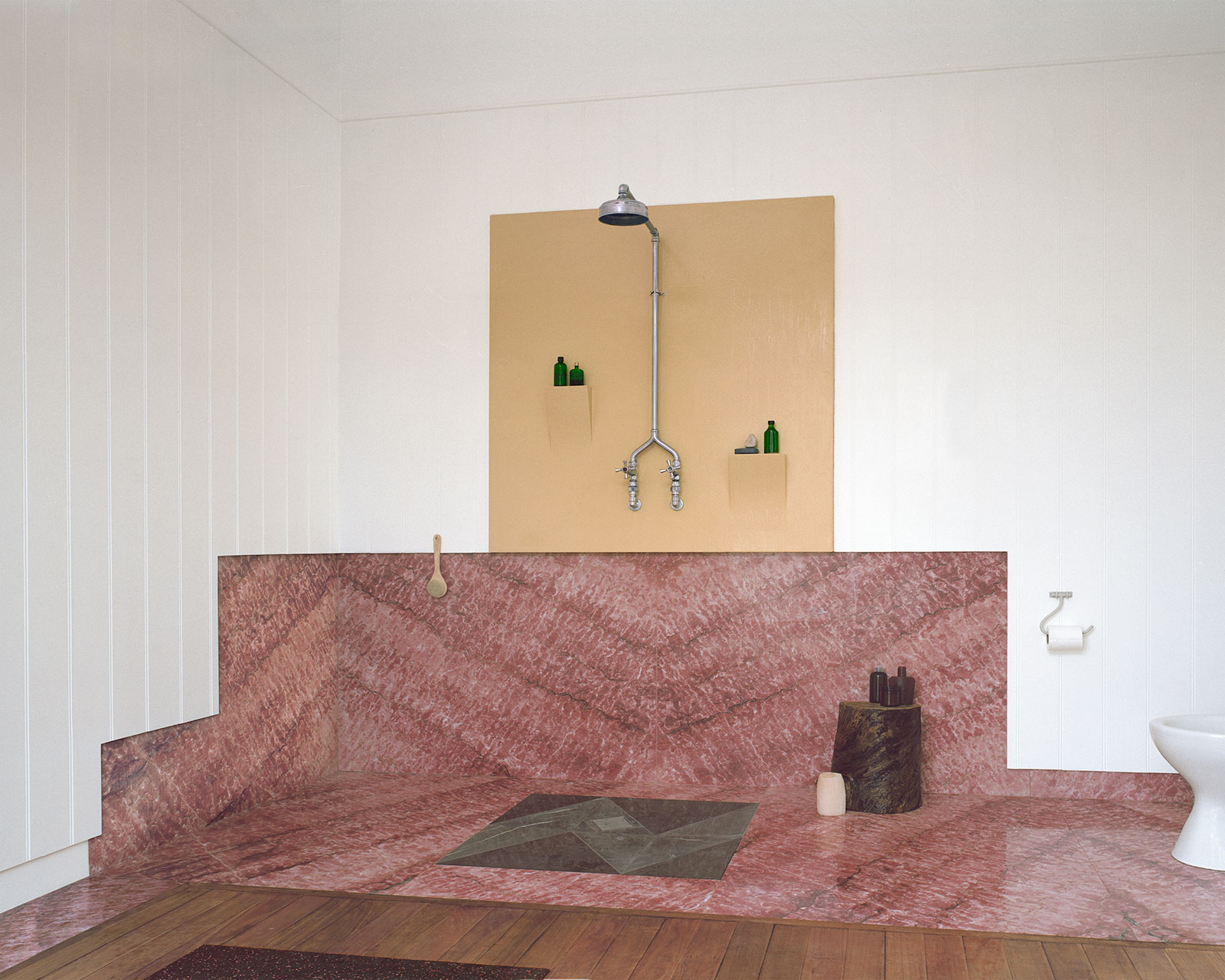





Graduated in architecture at Curtin University, Perth. Previously worked with Office Kersten Geers David van Severen in Brussels and Therefore in Melbourne. Previously studio leader at Melbourne University, Monash University, and Associate Lecturer at Curtin University. Guest speaker at dasVerein in Basel, Corridor in Lausanne, Garden Variety in Brisbane, and The Dreyer Foundation in Copenhagen.